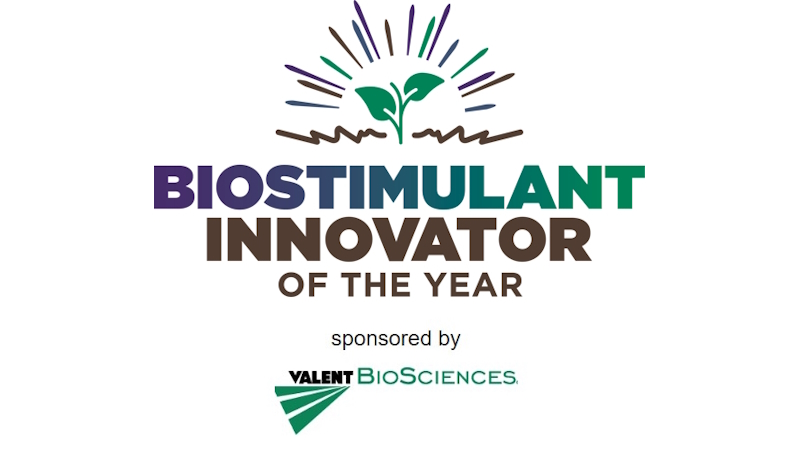What Does Sustainability Mean for the Cotton Industry?

For a term that carries so much significance for the cotton and textile industries, it’s surprising how ambiguous and poorly understood “sustainability” is. Then again, maybe it isn’t so surprising. In 1987, the United Nations released the Brundtland Report, which provided one of the most widely used definitions:
Sustainable development is development that meets the needs of the present without compromising the ability of future generations to meet their own needs.
Terry Townsend, executive director of the International Cotton Advisory Committee (ICAC), believes that’s a good starting point – but it isn’t exactly measurable. “There is no worldwide consensus on what ‘sustainability’ means for the cotton industry, so individual companies can make up their own definition,” he told Cotton International. “It also means different things in different countries.”
To help frame the discussion, ICAC has chosen “Shaping Sustainability in the Cotton Value Chain” as the theme for its 71st Plenary Meeting, to be held in Interlaken, Switzerland, Oct. 7-12, 2012. In addition to providing governments around the world with critical cotton industry information (such as reassuring them that last year’s extremely high prices were an aberration, not the beginning of a long-term trend), this year’s plenary meeting will try to engage all sectors of the cotton value chain to address concerns about environmental, social and economic sustainability.
“Stakeholders need to reach agreement on both metrics and indicators leading to constructive incentives that encourage industry growth in the decades to come,” Townsend says. “It’s a topic that affects everyone in the value chain, so it’s crucial that everyone have a voice in the discussion.”
Switzerland is appropriate as the host country for this year’s meeting, given its role as a global leader on sustainability – not just in cotton, but in agriculture and industry in general, Townsend adds. In addition, while no cotton in grown in Switzerland, it is the home of many of the world’s top textile machinery manufacturers, making it a critical link on the cotton/textile value chain. Many of the top commodity-trading firms in the world also call Switzerland home.
The First Step to Improvement: Measurement
Before cotton can become more sustainable, it is necessary to measure exactly what its total impact is. That’s why Cotton Incorporated’s life cycle assessment (LCA) of cotton will be a major topic of discussion in the First Open Session. When they began the LCA, Cotton Incorporated knew it wasn’t going to be quick or easy. “We thought we’d give our LCA consultancy some information about how cotton is produced and processed, and they would just run it through their system to get results,” Cotton Incorporated CEO Berrye Worsham says. “But so many factors go into the life cycle of cotton that when you lay it all out, you either need a ton of data, or you have to do a lot of speculation.
“We didn’t want to speculate because we wanted to produce as much factual data as possible, and we wanted it to be ISO-compliant as well, which means it needed to be peer-reviewed.”
According to Cotton Incorporated, an LCA is “a systematic evaluation of the potential environmental impact and resource utilization of a product, starting at the raw material stage and ending with disposal at the end of the product’s life.” The data needed to be beyond question from a validity point of view, because the LCA would have to stand against the scrutiny of cotton’s opponents. But as important as the public credibility of the study was to its designers, Cotton Incorporated’s leadership wanted to know exactly what cotton’s footprint was – not just what they could use to combat misconceptions about the fiber’s environmental impact.
“The LCA was all about measurement and improvement, and you can’t make measurable progress if you don’t know where you started,” Worsham says. “Doing the study was far more complex than we ever thought it would be. We thought it would be a 6-12 month process, but it took over 2 years. We’re still putting the finishing touches on the process that started more than 2 years ago, so we aren’t in position to do another one – perhaps 5 years [from now] is a reasonable time.”
For the next attempt, one major goal will be to get greater transparency from cotton production outside of the United States, along with overall increased participation from mills worldwide, Worsham says.









